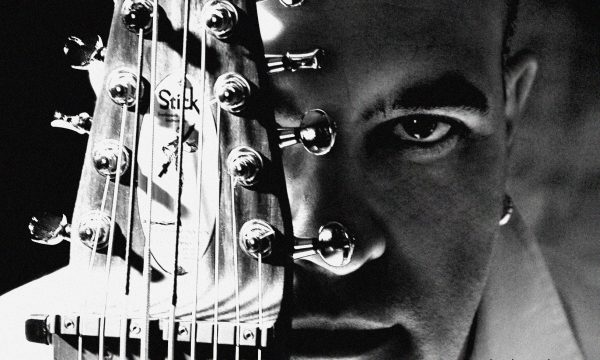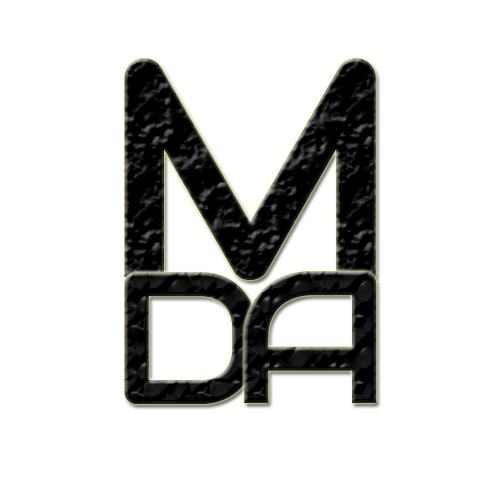
The first time I met The Stick “in person” was back in 1983. July 6th, actually.
I remember that day very clearly. The railway station clock said 5:30am when I and two friends of mine arrived in Prato, a small town in Tuscany. A little bit early as the show was scheduled for 9pm, but we were determined to enjoy our first Peter Gabriel live show from the front row.
No other option was taken into consideration. No way!
…
Maybe it was really too early, as the venue, a medium size stadium, was obviously closed and totally deserted. There was no sign of life in the little light of this summer dawn.
Actually it was child’s play sneak in when, after about 30 min, the first truck, with a very showy purple livery and the logo of a famous audio service, drove through the main gate which, as if by magic, opened behind our shoulders.
“That’s a pretty good start” we thought.
By the way, the tickets that we bought a few weeks before the show, mine at least, is still whole to prove that all this is true!
To cut a long story short, nobody bothered to ask us who we were, so we spent the whole day with the crew, helping them set up the stage. We had lunch with them and, around 5pm, we were lucky enough to be in front of the stage for the sound check. We even managed to have a short chat with Mr. Peter Gabriel himself!!!
A dream come true.
That was the day that Emmett Chapman’s strange, amazing and original brainchild, hit my eyes, my ears and my mind. “What the hell is that?!?!?!?” I had obviously already heard that sound during the countless times I had listened to all the records by Peter Gabriel and King Crimson. But now that sound had a shape!!! And what a marvelous shape!
Well, I had to wait for more than two decades to get hold of my very own Stick.
Until then, a lot of strange experimentation with low-tuned and octave-pitched tapping guitar playing, tried to emulate the bass-groovy licks that come to life under Tony Levin’s fingers.
Yes, because that is the way the Stick has to sound, in my mind. A sort of very intricate and rhythmic bass oriented lick generator.
I hope all the purists out there won’t hate me for saying this.
But that is what more or less uppened during my first intro-lesson with Virginia Splendore.
“…that’s not how it should be played..!!!”, she said.
I remember the day when she rent one of her instruments to me for a whole month. It was an old ironwood stick with the original stickup and classic standard tuning. Wow!!! I spent endless days playing and recording it in my recording studio. Some licks recorded with that old stick are on my CD “The River – Both sides of the story”.
Let’s fast forward until today to share with you my personal way of using this amazing instrument.
First of all the tuning. Due to my bass-oriented perspective, I chose a 10 string Dual Bass Reciprocal 36″ option.
1 – C / 2 – G / 3 – D / 4 – A / 5 – E / 6 – B / 7 – F#/ 8 – C# / 9 – G# / 10 – D#
The timber is rosewood, the pickup is an ACTV-2 Block with Rails Fret and linear glowing markers. Unfortunately when I bought my stick the Fret Rods option wasn’t available anymore.
I would have preferred that kind of fret shape. I use a lot of slide legato and the more rounded top of the old style fret would have helped.
Even though the smooth and organic sound of the original Stickup is an option I’ll look at for my next Stick, the ACTV-2 pickup gives you a more defined and rich of transient sound. Both worlds have their own pros, and it would be great to have a mix of them in a single pickup block.
Mr. Chapman… any future plans for that??
On the preamp side, I usually use a mono valve preamp-eq-compressor combo (Mill Media STT 1). I work in mono so that both the sides of the fretboard are mixed together into the mono pre input. The eq is set to cut out a few high frequencies. The sound is then processed by adding a lot of compression/limiter. This helps me achieve the less-dynamic-range sound that I need, but keep alive all the attack/transient characteristics. Sometime, I push the gain in the pre section when a more crunch-on-the-edge sound is required.
Then the signal goes into the converter, usually an Apogee AD8000 unit, before it feeds the Pro Tools DAW input. All the delay or modulation efxs (I use a lot of them) are added during the a mix session.
I used the Stick in 5 out of the 11 songs on “The River”. Mostly as bass alternative score, but it is not rare for me to use it as melodic mid-low range counterpoint work. If you want to listen to the stick parts, these are the songs:
Black Stare, One Love, Regrets, What Do You Feel Now?, Fly High.
Next step? An SB8 is on top of my wish list, so we are just at the beginning of the Stick path!
About my new CD (Next Station), I’m already working on it and the Stick will play a major role.
Stay tuned!!!
Happy music to all of you!

